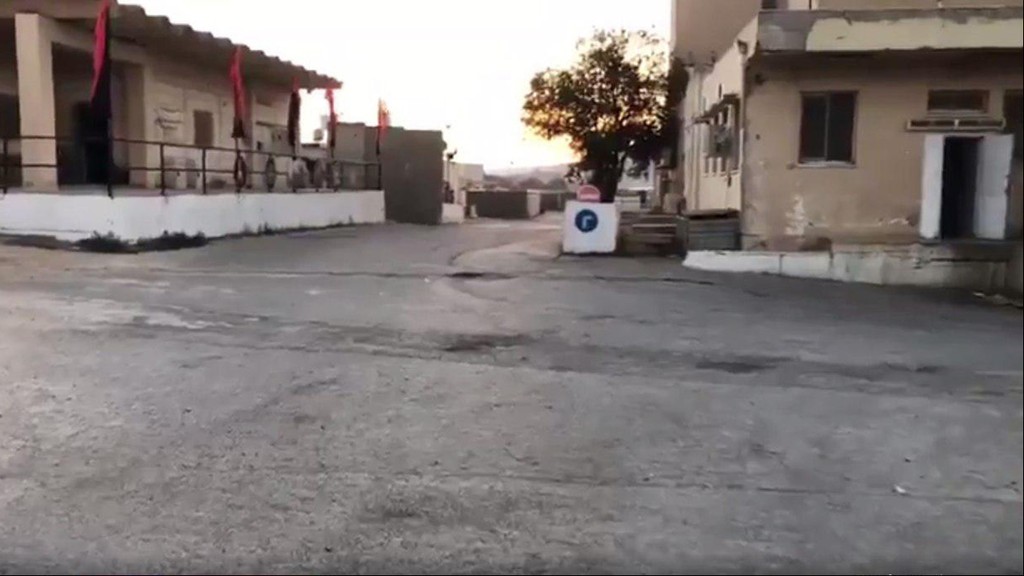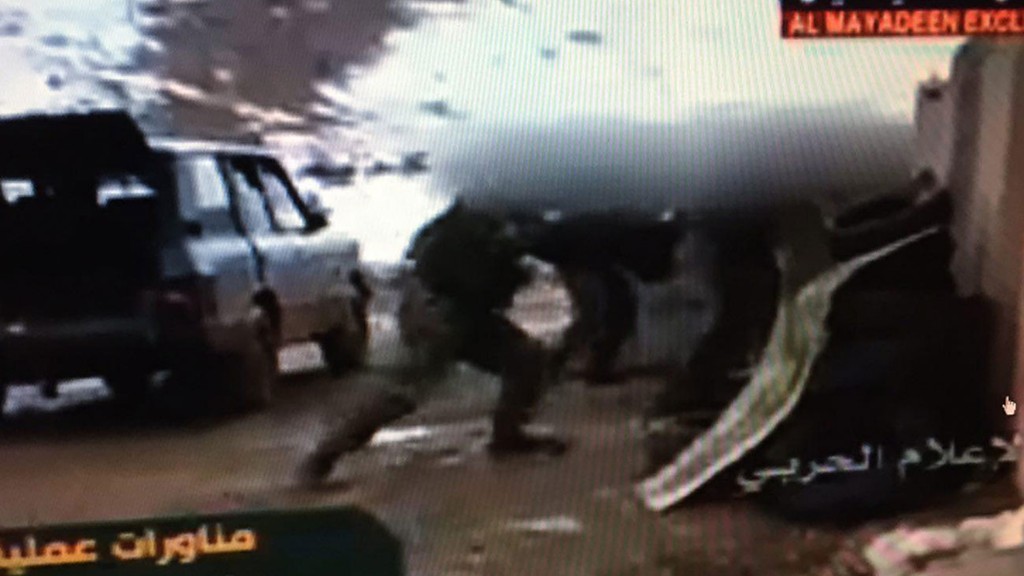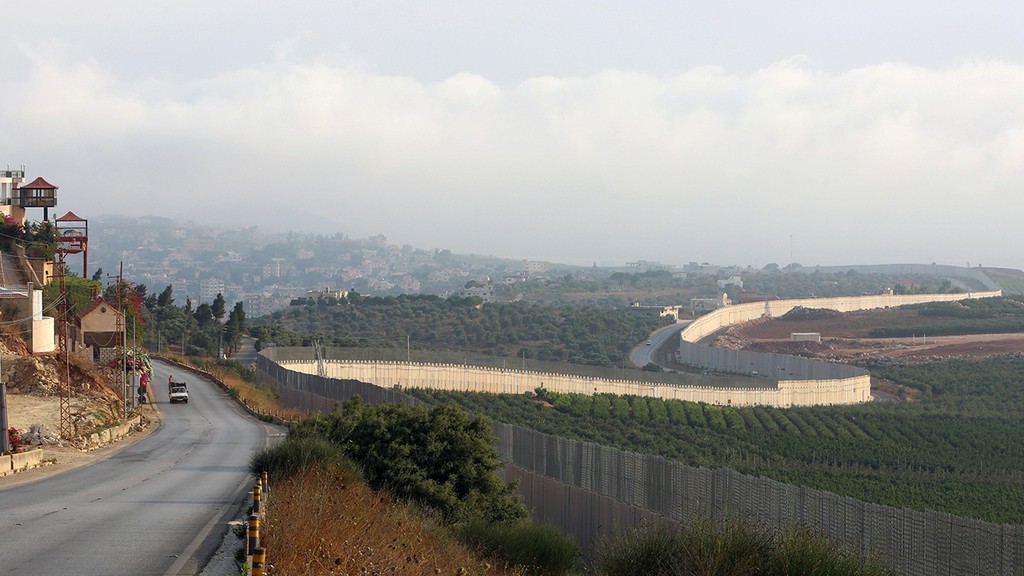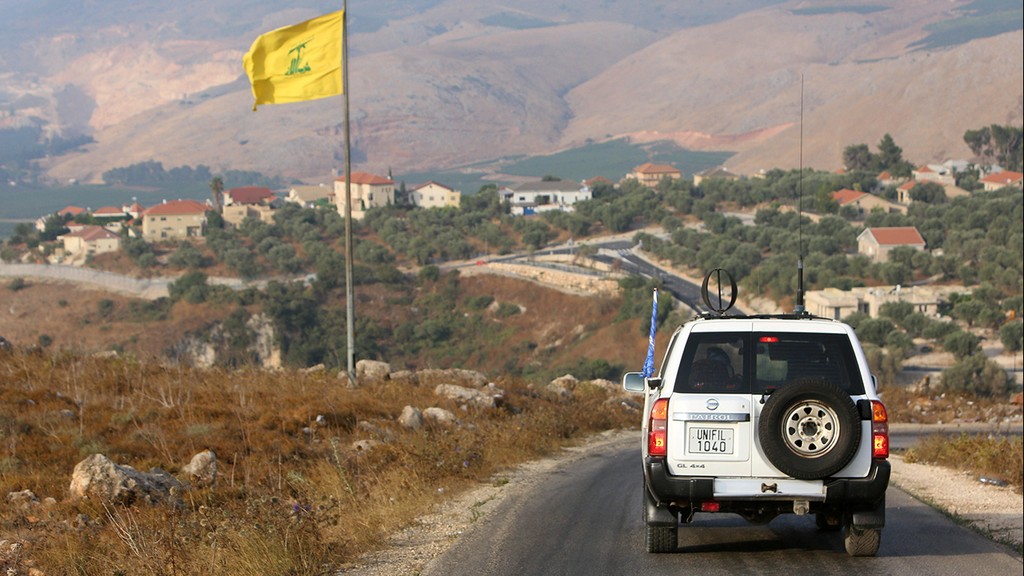You needn't be a follower of conspiracy theories to realize that Israel's northern border has over the past five years become a place where miracles happen.
One after the other, incidents rich in pyrotechnics that will the nation with anxiety end "miraculously".
A number of weeks ago, for example, an aerial vehicle fired missiles at a jeep belonging to a Hezbollah commander as it was traveling Lebanon's border with Syria. The jeep was set ablaze in the attack but miraculously its passengers were able to escape unharmed.
In response to what was perceived as an Israeli attack, Hezbollah sabotaged the border fence at three separate locations. No one in the IDF detected the breach and no response was forthcoming.
In another incident last September, the Iran-backed Shi'ite terror group fired a Kornet anti-tank missile at a military ambulance near the border. Again, miraculously no casualties were reported, while a helicopter presumed to have been carrying wounded Israeli soldiers, landed outside a Haifa hospital and the so-called "wounded" got up and walked away, having participated in a staged ruse.
Israeli choppers then fired missiles at a Hezbollah squad but missed the targets and again no one was hurt. What a coincidence.
4 View gallery


An IDF base deserted in anticipation of a Hezbollah rocket attack
(Photo: Moti Kimchi)
On Monday, IDF forces along the border with Lebanon spotted four armed militants nearing Israeli-controlled territory in the area of Har Dov in broad daylight. They were met with heavy artillery and gunfire but once again, no bodies were recovered. In fact, the militants apparently embarked on their mission from the village of Kfar Shouba in south Lebanon, which is closely monitored by the IDF.
This was another in a series of incidents that ended in "miracles".
Since 2015, when Israel allegedly assassinated Jihad Mughniyeh, the son of Imad Mughniyeh (Hezbollah's global operations chief who was also allegedly killed by Israel in 2008), the terror group has been trying to establish an operational base on the Syrian side of the Golan Heights, from which to attack Israel.
In response to the killing of Mughniyeh Jr., Hezbollah fired an anti-tank missile on two unprotected army vehicles, killing two IDF soldiers.
Since then, allegedly, the two sides have drawn a red line: Israel will continue its "root canal" treatments in Syria, while the terror group will respond with actions that "miraculously" don't lead to casualties.
And since then that has been the recurring ritual. The IDF targets the organization in Syria, occasionally its members are hurt, then the Shi'ite group launches a retaliatory strike that ends without injuries - until the next time.
4 View gallery


A Hezbollah training exercise in the use of anti-tank missiles broadcast on the Lebanese Al Mayadeen network
The explanation for all these "miracles" along the border could be found in the meetings of an unnamed committee that convenes from time to time in the Lebanese town of Naqoura, where the United Nations Interim Force in Lebanon has been headquartered since 1978.
The meetings are attended by representatives of the UN, the Lebanese army, which represents Hezbollah, and most importantly the IDF.
There, the sides convey messages, air grievances about one another, complain about violations of Security Council Resolution 1701 (intended to resolve the 2006 Lebanon War) and perhaps, plot those miraculous scenarios we see play out along the border, to satisfy their respective publics.



